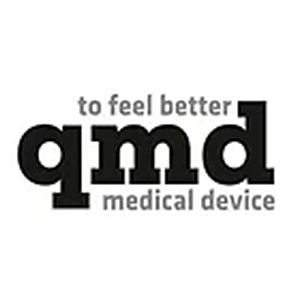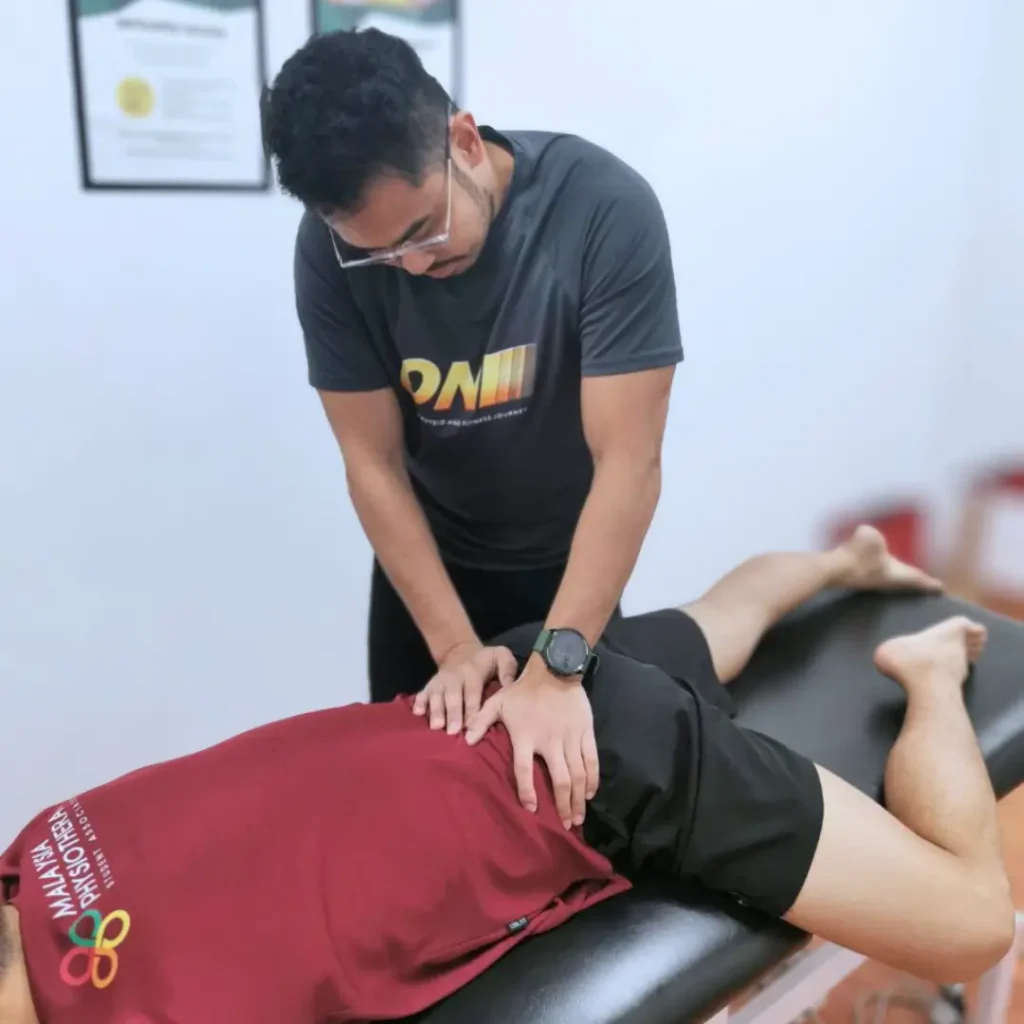In the world of physiotherapy, advanced technologies are revolutionizing patient assessment and treatment. One such innovation is InBody technology, a cutting-edge body composition analysis tool that provides detailed insights into muscle, fat, and overall body composition. Let’s delve deeper into how we utilize InBody in physiotherapy, focusing on segmental lean analysis and skeletal muscle index (SMI) in pain and injury recovery.
Understanding InBody Technology
InBody technology employs bioelectrical impedance analysis (BIA) to measure body composition, including muscle mass, fat mass, and water content. Unlike traditional methods, InBody provides highly accurate data in just a few minutes, which aids physiotherapists in tailoring personalized treatment plans. This non-invasive method sends a low-level electrical current through the body, measuring the resistance to the flow of the current, which varies between different types of body tissues.
Segmental Lean Analysis: Targeting Muscle Imbalances
One of the key features of InBody technology is segmental lean analysis. This allows for the precise identification of muscle distribution across different body segments—arms, legs, and trunk. By detecting imbalances in muscle mass, physiotherapists can identify areas that may be contributing to pain or injury. This targeted approach enables the development of specific interventions aimed at restoring balance, improving posture, and enhancing overall functional performance. For example, a patient with lower back pain may have uneven muscle distribution between their left and right sides, which can be addressed through tailored strengthening and conditioning exercises.
Skeletal Muscle Index (SMI): Monitoring Muscle Health
The skeletal muscle index (SMI) is another vital metric provided by InBody technology. SMI quantifies skeletal muscle mass relative to a person’s height and weight, offering a clear picture of muscle health. This index is crucial for maintaining joint stability, ensuring movement efficiency, and preventing injuries. By tracking SMI, physiotherapists can monitor rehabilitation progress, adjust treatment strategies, and set realistic goals for patients. For instance, increasing SMI through targeted muscle-building exercises can significantly improve the stability and functionality of joints, reducing the risk of future injuries.
Benefits of InBody Technology in Physiotherapy
The integration of InBody technology in physiotherapy offers numerous benefits:
- Objective Assessment: InBody provides precise data on muscle and fat mass, enabling physiotherapists to track progress accurately over time. This objective measurement helps in evaluating the effectiveness of treatment interventions and making necessary adjustments.
- Personalized Treatment: By identifying muscle imbalances and areas of weakness, physiotherapists can customize treatment plans that specifically address the patient’s needs. This personalized approach enhances the effectiveness of pain and injury recovery.
- Motivation and Engagement: InBody results offer tangible evidence of improvement, which can be highly motivating for patients. Seeing concrete progress can encourage patients to adhere to their treatment plans and remain engaged in their recovery process.
- Evidence-Based Practice: InBody technology is backed by extensive research, ensuring that the assessments and data it provides are reliable and scientifically sound. This evidence-based approach supports the credibility and efficacy of physiotherapy practices.

How InBody Technology Enhances Physiotherapy Outcomes
- Pain Management: By identifying specific muscle imbalances and areas of weakness, InBody technology helps physiotherapists develop targeted pain management strategies. This can include specific exercises and treatments that address the root cause of pain, leading to more effective and lasting relief.
- Injury Recovery: Tracking muscle health and composition allows physiotherapists to monitor the recovery progress of injuries. Adjustments can be made to the treatment plan based on real-time data, ensuring optimal recovery and preventing future injuries.
- Athletic Performance: For athletes, maintaining optimal muscle balance and composition is crucial for peak performance. InBody technology provides detailed insights that help athletes and their physiotherapists develop training and recovery plans tailored to their specific needs.
- Overall Wellness: Understanding body composition and muscle health is not just important for injury recovery but also for overall wellness. InBody technology helps individuals maintain a healthy balance of muscle and fat, contributing to better overall health and fitness.
Conclusion
InBody technology is revolutionizing physiotherapy by providing in-depth insights into body composition and muscle health. With tools like segmental lean analysis and skeletal muscle index tracking, it enables physiotherapists to personalize treatment plans, optimize outcomes, and empower patients in their recovery journey. By harnessing the power of InBody technology, we can offer precise, effective solutions for pain and injury recovery.
Are you ready to experience the benefits of InBody technology? Contact us at ONI PHYSIO FITNESS in Mont Kiara for precise and personalized pain and injury recovery solutions. Our experienced physiotherapy team is here to guide you on your journey to improved health and well-being.
















